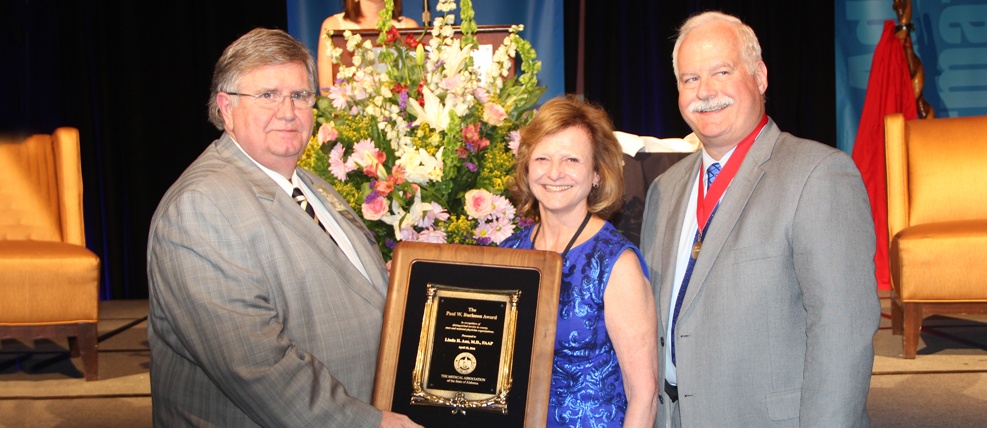Month: June 2019
-

Senate Committee Tackles Surprise Billing
The Senate Health Committee finally passed a major health care package, which could bring an end to surprise billing for patients by capping out-of-network charges at a rate already negotiated by insurers. However, the legislation could see more changes before it sees a full Senate vote. Wednesday, the Senate Health, Education, Labor and Pensions (HELP)…
-

Phishing Emails: One Click and That’s It!
Many health care entities recognize that cybersecurity threats present a substantial risk to their organization. Moreover, the HIPAA Security Rule requires health care providers to develop and implement policies and procedures to ensure the confidentiality, integrity and availability of protected health information. However, while entities aim to secure health data, a recent study of health…
-

In Memoriam: Linda Harter Anz, M.D.
The Medical Association was deeply saddened by the passing of Dr. Linda Harter Anz on June 13. We share in the loss of this beloved physician as we mourn with her family, friends, colleagues and patients. Our thoughts and prayers are with those who knew Dr. Anz as she will be greatly missed. Linda Harter…
-

Alabama’s ACHNs Go Live Oct. 1
The end date for the Patient 1st Program is approaching, and providers will be required to have completed agreements with both Medicaid and the ACHN. Primary Care Physicians (PCPs) will no longer receive Patient 1st capitation payments beginning in October 2019. The ACHN program will be implemented on October 1, 2019, and providers will need…
-

Can We Fix Alabama’s Rural Physician Shortage?
It takes up to 10 years to train a physician. That decade of training is just one contributing factor for the reason the United States is facing a serious shortage of physicians. Other factors include the growth and aging of the population and the impending retirements of older physicians. While medical schools have increased enrollment…
-

-

Reducing Physician Burnout Focus of New Study at UAB
BIRMINGHAM – A program to study and reduce physician burnout amongst residents will be introduced at the University of Alabama at Birmingham, along with three other hospitals around the nation. The five-year, $1.8 million grant is funded by the American Medical Association. UAB’s Tinsley Harrison Internal Medicine Residency Program shares the grant with Johns Hopkins…
-
The Delivery and Confidentiality Challenges in Rural Health Care Explained
Medical practices in rural settings face a host of concerns, such as how emergency protocols may differ from urban areas, difficulty in finding nurses (according to a recent Friday Letter from the Alabama Hospital Association, registered nurses are the third most in-demand jobs), and difficulty in finding appropriate training for staff. In small towns/rural settings,…
-

Get To Know Charlotte Meadows
1. While you have been active around Montgomery for quite some time, can you tell us a little bit about yourself? Primary occupation? Interests? Hobbies? I grew up in Montgomery and graduated from Jeff Davis HS before going to Auburn for college. I married Allen in 1986 who, at the time, was a pediatrician in…
